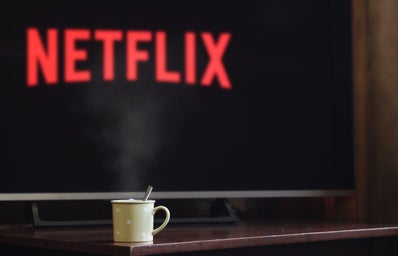When it was first announced that a Netflix movie was going to be made featuring a North-East Indian cast, every North-East Indian awaited its release with much anticipation. The fact that the main plot would revolve around a much – loved food of North-East, ‘axone’ (akhuni), added to everyone’s excitement. As someone who has lived her whole life in Mizoram, one of the seven sister states, I know firsthand how unnoticed we go. When we do get noticed, it’s usually because of the way we look, which leads to unwarranted comments and discrimination. So when the trailer for Axone was released and it included small snippets of our culture and the things we go through, everyone, for obvious reasons, had very high expectations.
The plot of Axone follows the story of a group of friends – Upasana, Chanbi, Zorem, and Bendang who go through all sorts of trouble trying to prepare a dish with the main ingredient, axone for the wedding of their friend, Minam. One of their friends, Shiv, who is a mainlander, also helps them along the way. Right from the beginning, we catch a glimpse of the racial discrimination people from the North-East are all too familiar with, as racist and sexual slurs are hurled at Chanbi. The film depicts the issue of racial discrimination which is one of the most important themes, quite well. It also accurately depicted the characters’ own internal racism towards mainlanders as we can see from the way they treat Upasana who they do not consider to be a ‘real’ North-Eastern since she is from Nepal. A more important storyline that showcases this is that of Bendang, who has created his ‘own North-East’ in Delhi, according to Chandi. I personally sympathize with his character, as he had his reasons for doing so, but I also commend the film for shedding some light on the fact that North-Easterners can be racist too, which many people are still not willing to admit. He is also piqued by Shiv, who is a great friend to the North-Easterners but shows subtle racism from time to time which may stem from his ignorance. This serves as another reminder of the familiar feeling of ‘otherization’ faced by North-Easterners living in mainland India.
The film also included important topics like mental health, but whether they succeeded in accurately depicting it is entirely up to the viewers, who, unfortunately, had mixed reviews. Chanbi’s issues with anxiety were mostly swept under the rug but Bendang’s PTSD at least seemed plausible. The film was indeed successful with its inclusion of as many cultures as possible but there were still a lot of inaccuracies. The cute scene with Zorem teaching Upasana how to say ‘I love you’ in Mizo may have won the hearts of many viewers, but it personally agitated me as a Mizo to see them butcher the pronunciation so much. It may seem like a small thing, but here is a character I was supposed to identify with but he could not even pronounce the words of my own language. Small inaccuracies like these also serve as another harsh reminder of how unrepresented we are in the media, and when we finally are represented for the first time, it is still not a hundred percent accurate. This is why everyone was so excited and had high expectations, but in a way, we were still let down. I’ve also had discussions with a lot of my fellow North-Easterners and most of them think that the accents, the negative connotation around the ‘smelly’ food we eat, and the mindset of the characters portray us as people who still badly need development. We do, as does the rest of India, but the film felt like it had a mocking undertone disguised behind the acts of comedy and satire.
With all that said, I must still give credit where credit is due since I believe that Axone definitely succeeded in what it was trying to do. It brought people a sense of community and belonging through food, and most importantly, representation for a group of people in mainstream Bollywood who never had one before. I only mention its criticisms because even though the film deserves all the praise it has gotten, there are still many discussions to have over it and that includes both the rights and wrongs. There are also many discussions to have over the reality of the conditions of North-East India as well. However, I think I speak for other North-Easterners as well when I say that even though the film may not be everyone’s cup of tea, we have to thank it for bringing forth conversations about North-East India every Indian must have.


